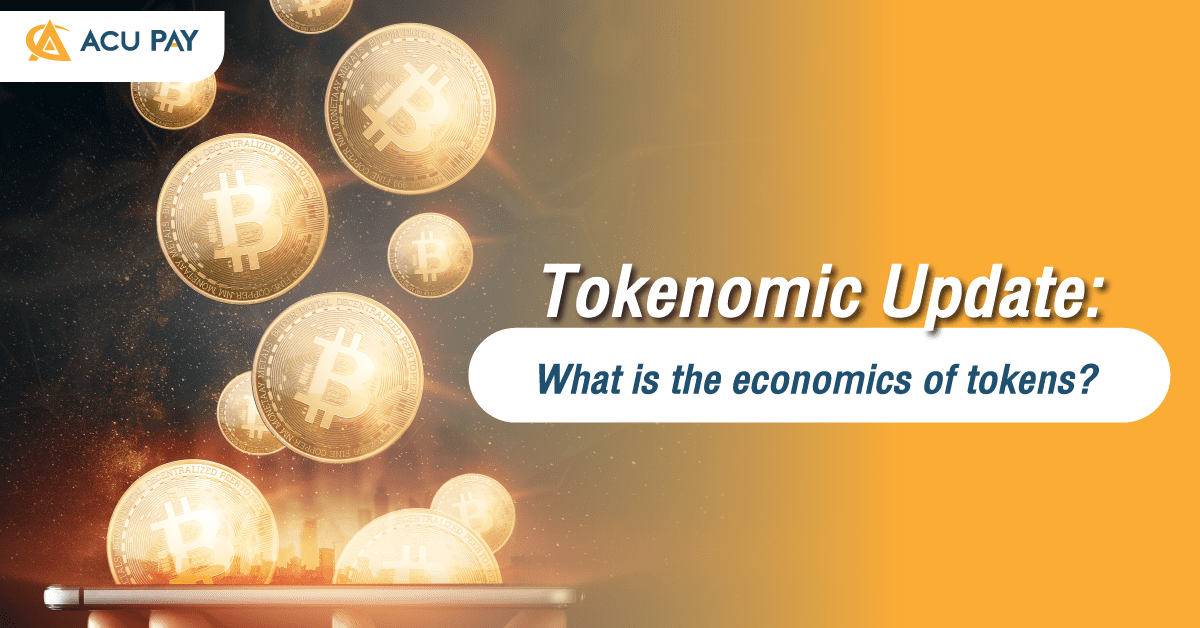

For a while, we began to know about the cryptocurrency coin Token. But there is one more thing that we should know: Tokenomic. What does this word mean? Let’s see.
Tokenomic is a combination of the words “token” and “economic,” which literally translates to “Economics of tokens.” It is the integration of the financial system with “tokens,” which is to apply knowledge of economics to the token and explained in a tangible form. The knowledge of economics will range from the basics like demand and supply. Or a little deeper: inflation, deflation, and estimating the growth rate of the market.
The importance of Tokenomic will allow us to understand the system of the ‘token‘ or coin. Just as we understand the current global financial economic system, which will help us see the future of the global economic system. “Crypto” will circulate in the future as one of the digital economies.
One of the main factors that decides the value of crypto tokens is the way the tokens are distributed. It has a way of generating cryptographic tokens. By pre-mining or fair launch, digital currencies are mined and controlled by the community from the very beginning. It is a decentralized network and has no concept of private allocation. However, with pre-mining, the coin will be divided into 2 parts; the first will be mined and distributed before the public launch, and the second part will be an ICO for interested parties. It’s a way to reward early miners and investors with newly minted coins.
It is very important and necessary to study crypto tokens. That will consist of 3 types of supply, as follows:
1) Circulating Supply is the number of publicly issued and circulated digital currency tokens.
2) Total Supply is the number of tokens currently available minus the total tokens burned. calculated as the sum of the currently circulating tokens and the locked tokens.
3) 3 Max Supply is the maximum number of tokens that will be generated.
Observing the supply of tokens may be a good indicator of the future. If the circulating supply continues to increase, investors can expect the token’s value to increase. But on the other hand, if too many tokens are released, the token’s value may decrease.
In the context of cryptocurrency, market value will be an indicator used to determine the popularity of tokens. That can be calculated by multiplying the token’s current market price by the circulating supply, which results in a market cap, which is a good indicator of the token’s value.
Every crypto token has its own value format. Inflationary tokens don’t have a cap on supply, so we can keep mining them. This is in contrast to Deflationary Tokens, where the maximum supply is clearly defined. Deflationary tokens help in avoiding the unsold circulation of coins that are usually unaffected by market volatility. Inflationary Tokens, on the other hand, are a great incentive for miners and validators in the network.
Tokenomic also points out the importance of studying the price stability impaction. Cryptocurrency It is very volatile, so it may not be a favorite for investors. Volatility often diminishes investor interest. In addition, volatility can cause investments in that token to be restricted.
In addition to the Tokenomic that we should know, the Whitepaper is also something that we should consider too. Because the whitepaper is like a company profile that will allow us to get to know the coin or token better,